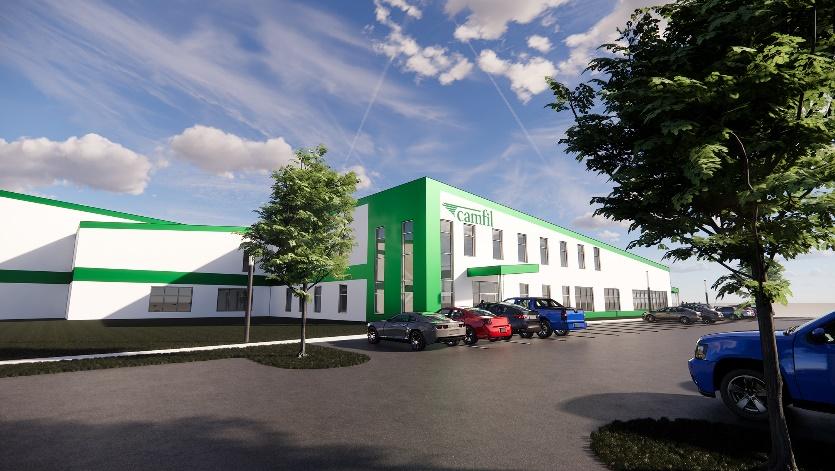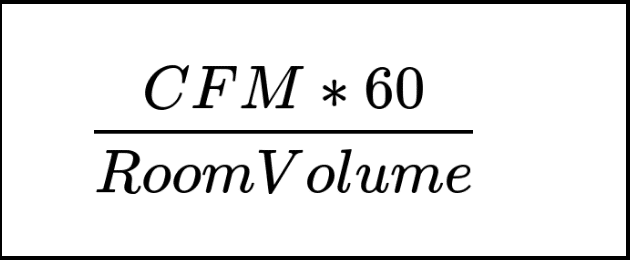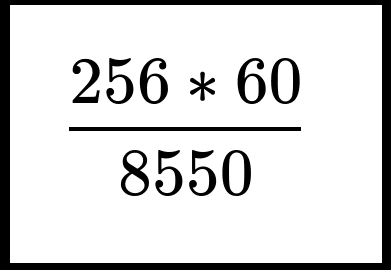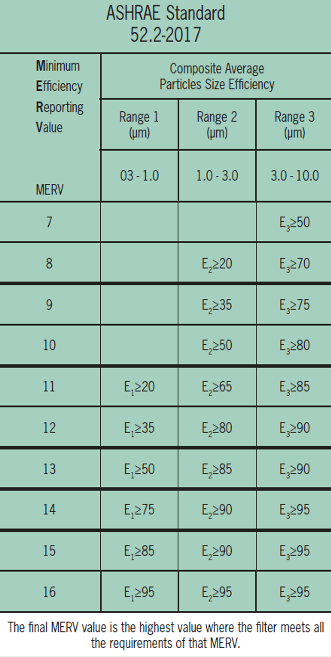JONESBORO, Ark., October 27, 2021— Camfil Air Pollution Control (APC), manufacturer of industrial dust, fume and mist collection systems for industrial processes, announces the groundbreaking for its new manufacturing and office facility. The event will take place at Craighead Technical Park in Jonesboro on November 4, 2021, beginning at 11:00 a.m. central time. Camfil plans to invest more than $37 million in the facility, which will add about 67 new jobs within five years to an existing workforce of 237 people.
“We extend our most sincere thanks to everyone who has supported our plans to develop this new facility,” said Armando Brunetti, President of Camfil Americas. “The people of Jonesboro have been key to the success of Camfil APC, and we are honored to continue to thrive here and to contribute to local economic growth.”
Camfil APC has been headquartered in Jonesboro for more than 20 years. In early 2020, the company was already planning to develop a new manufacturing site when a tornado destroyed their facility. Since then, Camfil has been operating out of three separate leased locations throughout the city. The new 290,000-square-foot facility will occupy 34 acres and is scheduled to open in Fall 2022. In addition to space for manufacturing industrial dust collectors and filter cartridges, the facility will also house sales offices, warehousing and shipping.
“This is a company that was already enjoying a momentum in business even before recent events led to an increased awareness in clean air safety,” said Gov. Asa Hutchinson. “We are fortunate to have such a value-added company here in Arkansas that invests in its customers, its employees and its community.”
“Camfil has been a strong community partner for two decades, and we are excited to be a part of their success as they continue to grow with innovative products and services that make us all breathe a little easier,” said Secretary of Commerce Mike Preston. “I am looking forward to working with them in the future as they complete this new expansion.”
“Camfil’s dedication to its employees and the City of Jonesboro are on full display today,” said Mark Young, President of Jonesboro Unlimited. “The reinvestment Camfil is making in a new facility and the hiring of additional employees in Jonesboro speaks volumes to the relationships they have built here and their continued commitment to our city.”
For more information about Camfil APC call 1-800-479-6801 or 1-870-933-8048, email filterman@camfil.com, or visit www.camfilapc.com.
###
About Camfil
Camfil APC is an industry leading global manufacturer of dust, fume and mist collection equipment for challenging industrial applications, with production facilities around the world including the Americas, Europe and Southeast Asia. It specializes in filtration systems that keep air clean and safe in manufacturing and processing facilities. The company’s flagship product is the Gold Series X-Flo (GSX) dust collection system that handles all types of toxic and combustible dusts and fumes, including fine, fibrous and heavy dust loads.
Camfil APC is a part of Camfil, headquartered in Stockholm, Sweden, and has 30 manufacturing sites, six R&D centers, local sales offices in 30 countries, and 4,800 employees and growing. For more than half a century, Camfil has been helping people breathe cleaner air. As a leading manufacturer of premium clean air solutions, it provides commercial and industrial systems for air filtration and air pollution control that improve worker and equipment productivity, minimize energy use, and benefit human health and the environment.
-more-
The company firmly believes that the best solutions for its customers are the best solutions for the planet, too. That’s why every step of the way – from design to delivery and across the product life cycle – it considers the impact of what it does on people and on the world. Through a fresh approach to problem-solving, innovative design, precise process control and a strong customer focus, Camfil aims to conserve more, use less and find better ways – so we can all breathe easier.
For information or to contact a local representative, call 1-800-479-6801 or 1-870-933-8048; email filterman@camfil.com; or visit www.camfilapc.com.
Media Contacts
Veronica Heatherly Camfil APC 1-501-507-8526 veronica.heatherly@camfil.com
Lisa Goetz Schubert b2b 1-610-269-2100 x244 lgoetz@schubertb2b.com
The post Press Release: Camfil Announces Groundbreaking for New Jonesboro Manufacturing Facility appeared first on Air Filters for Clean Air.
from Air Filters for Clean Air


 MERV Ratings Explained
MERV Ratings Explained